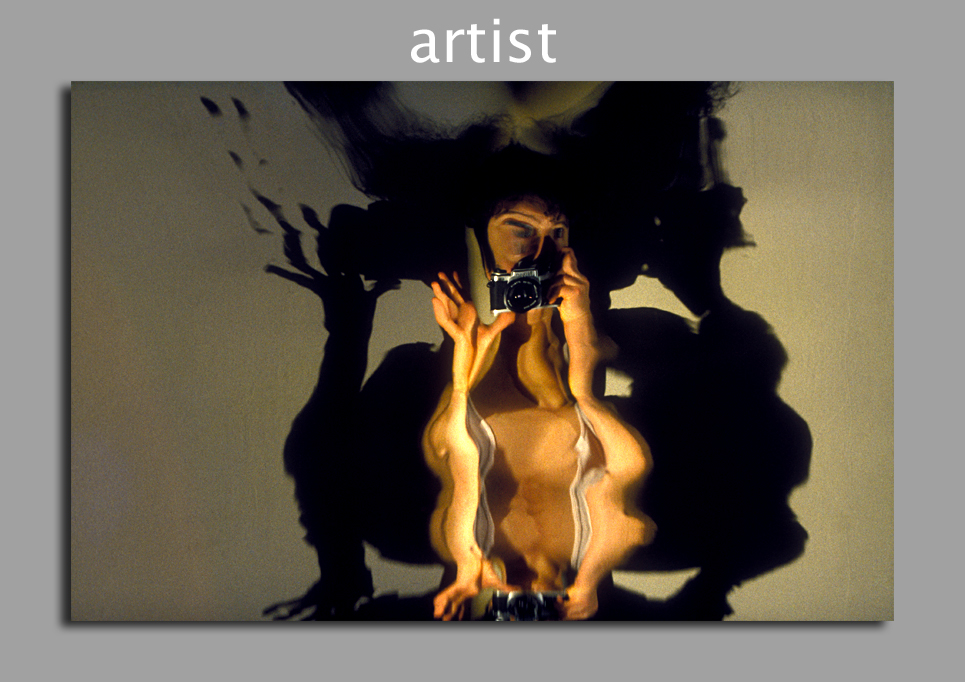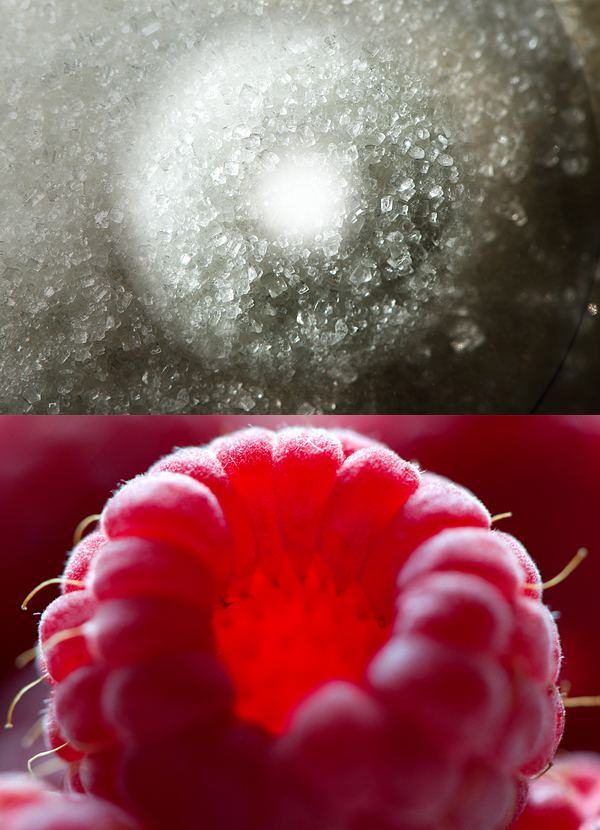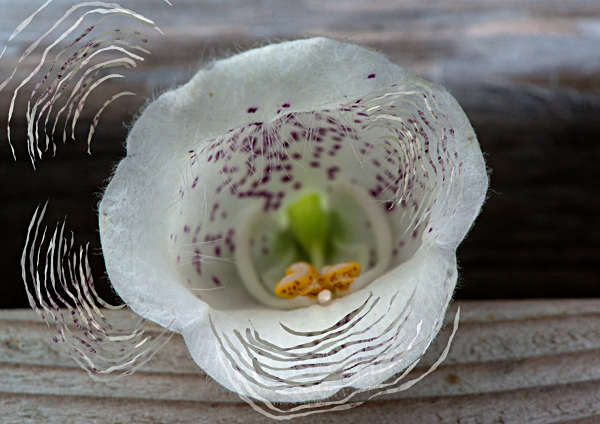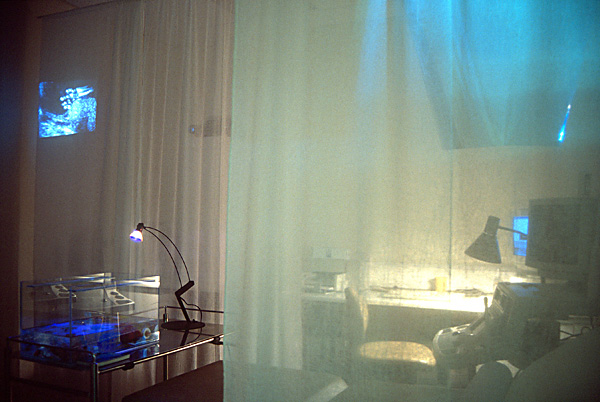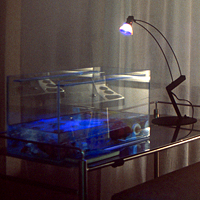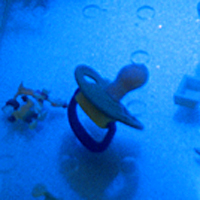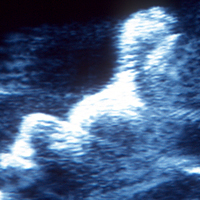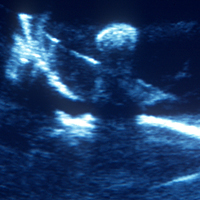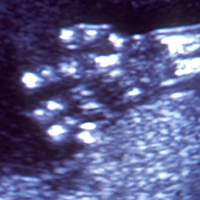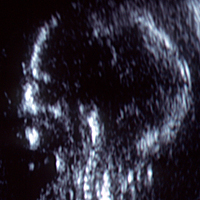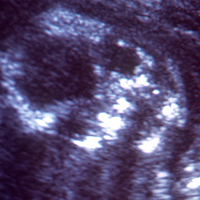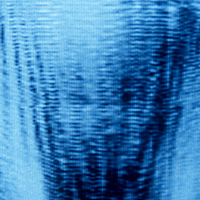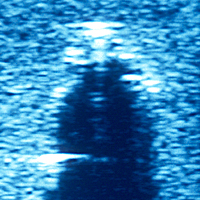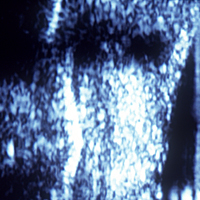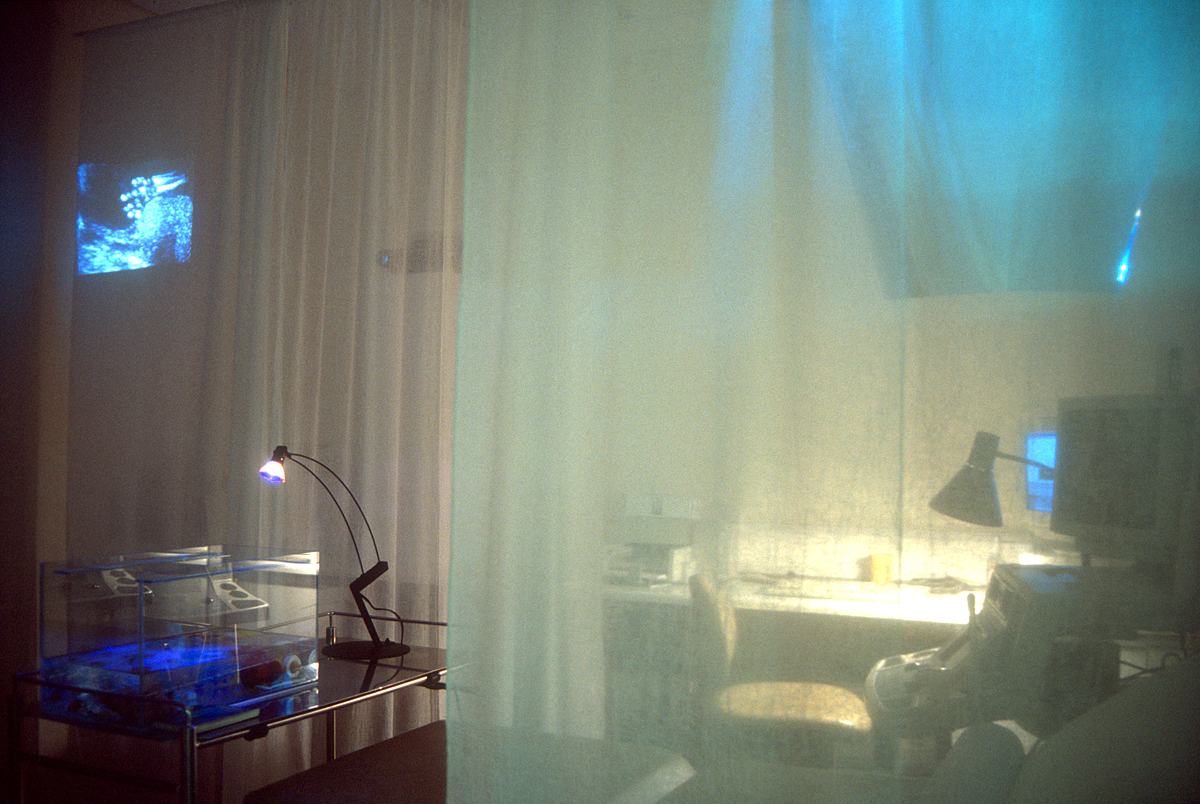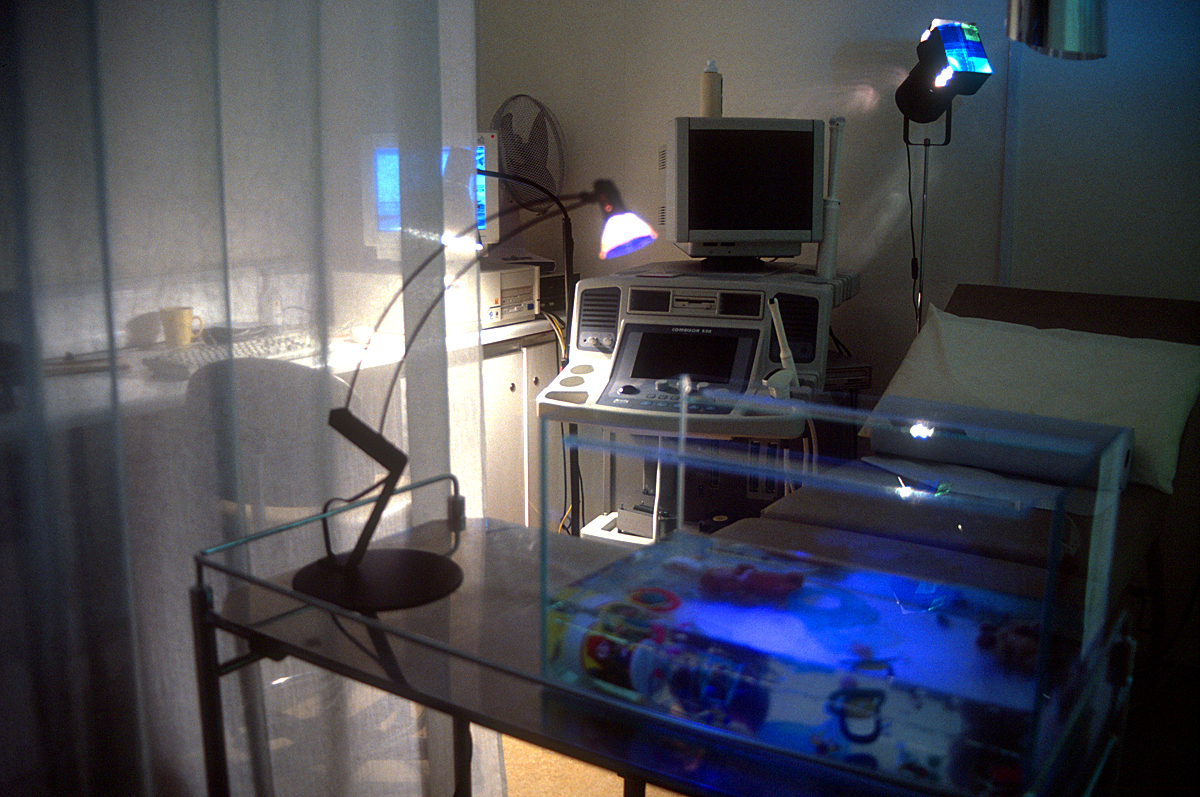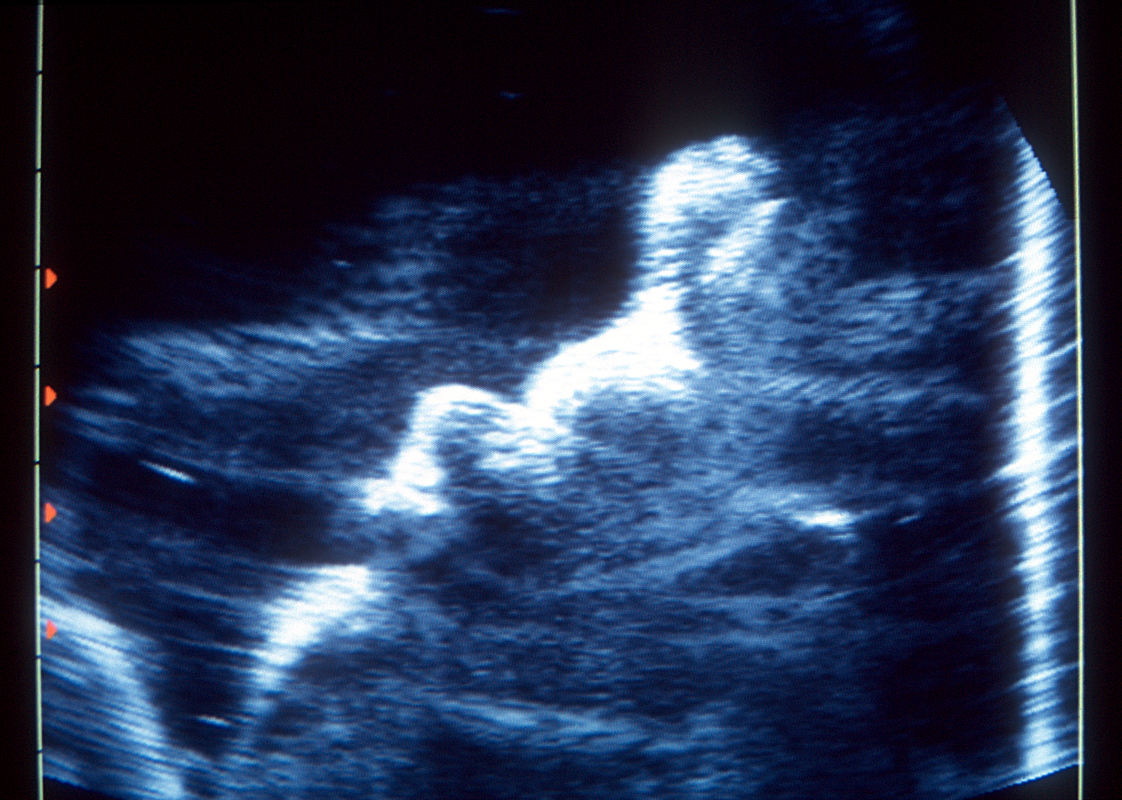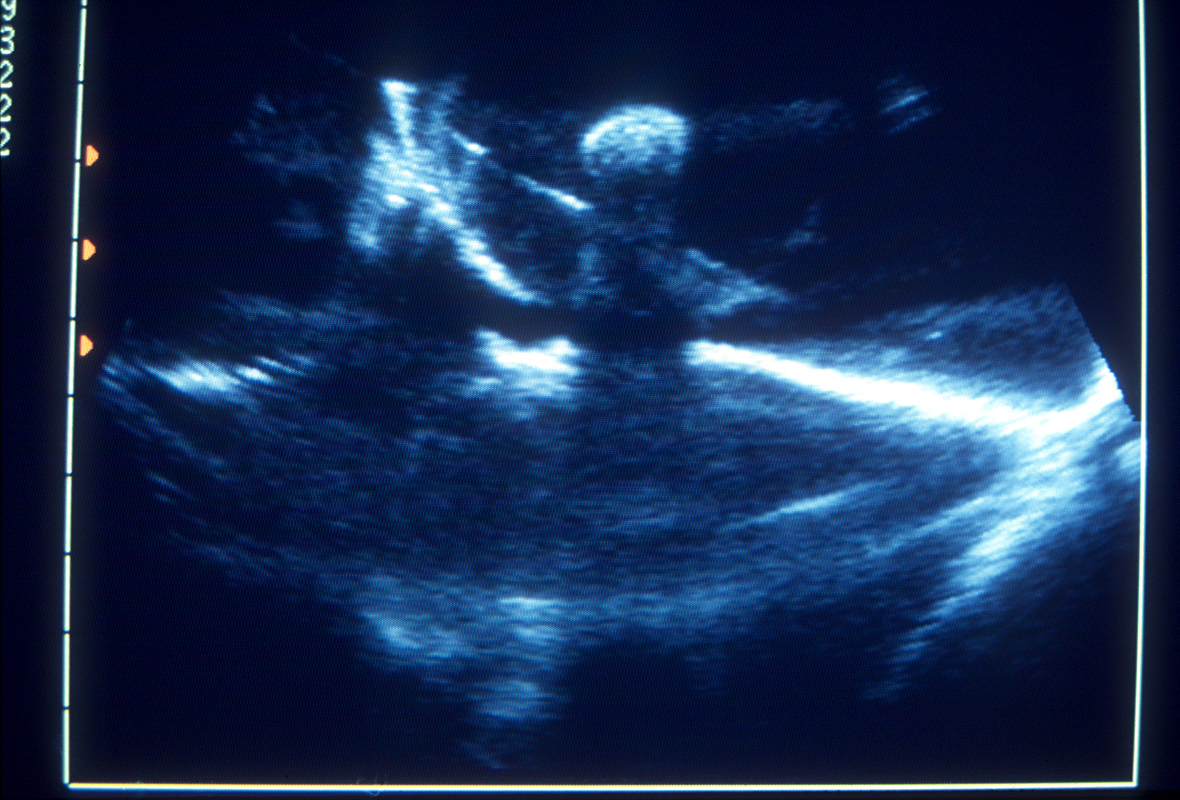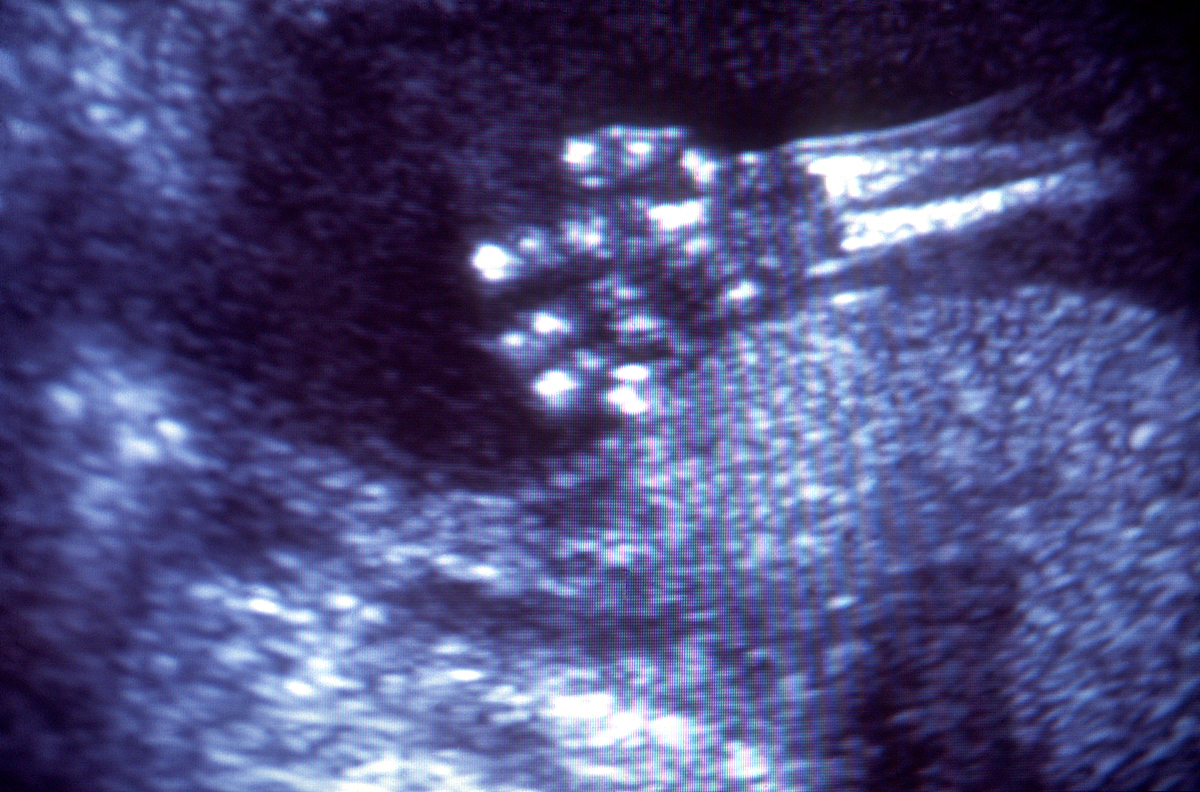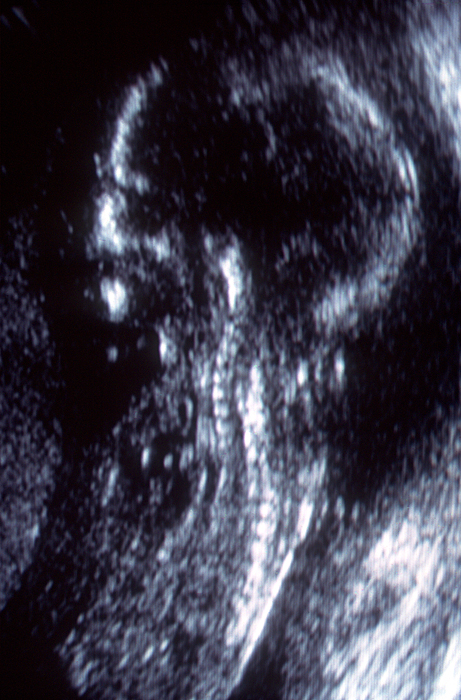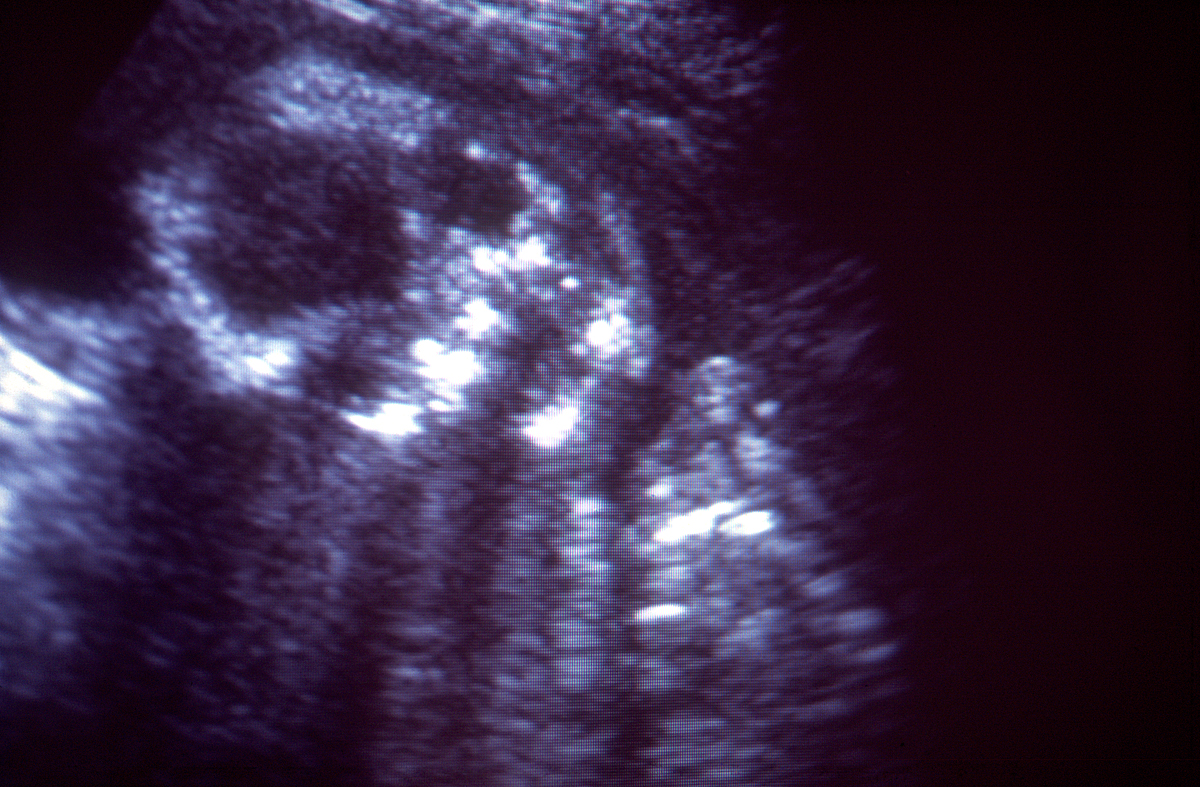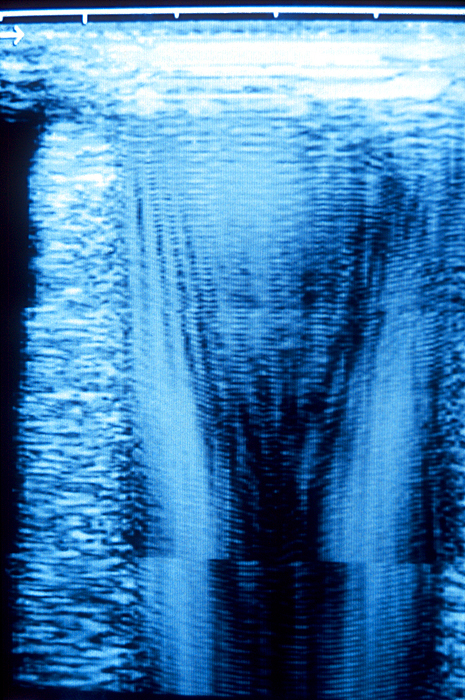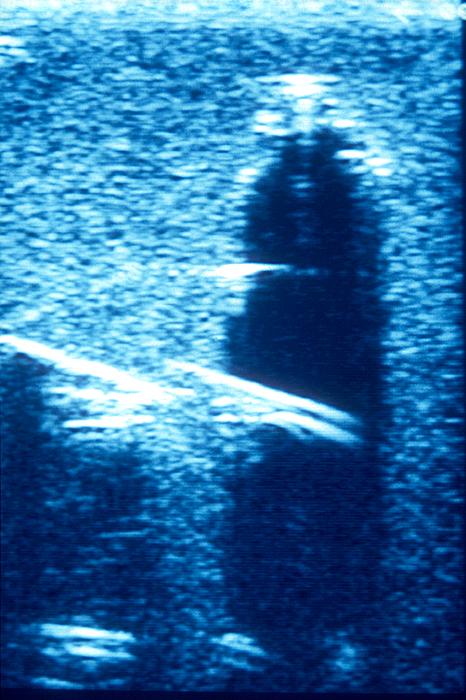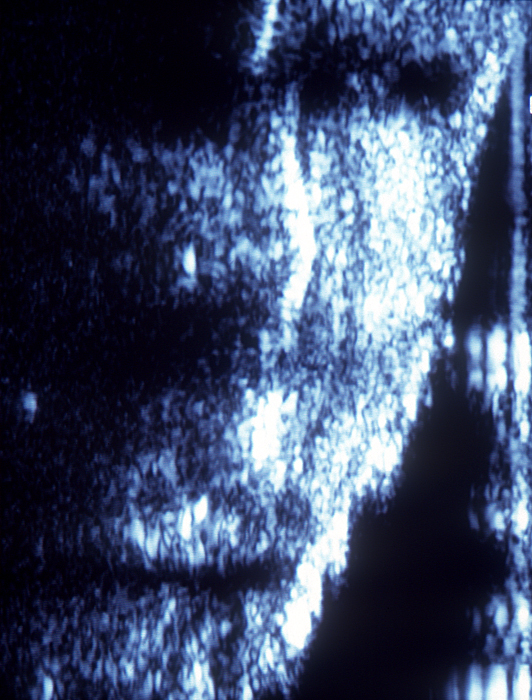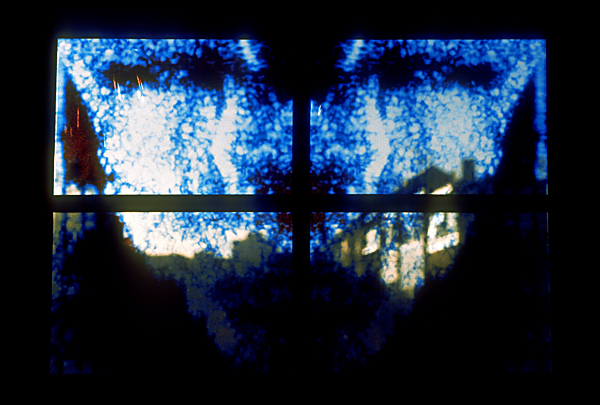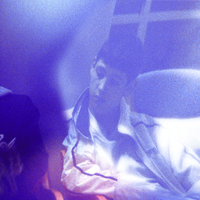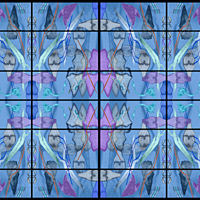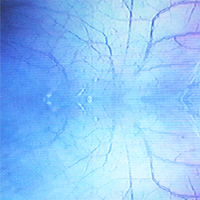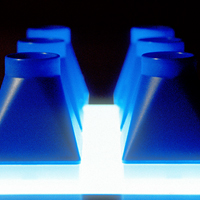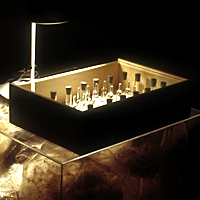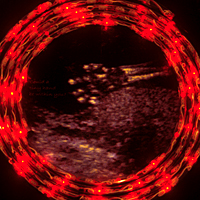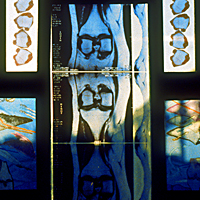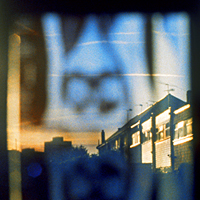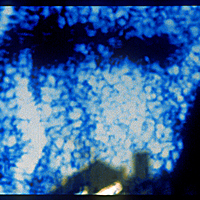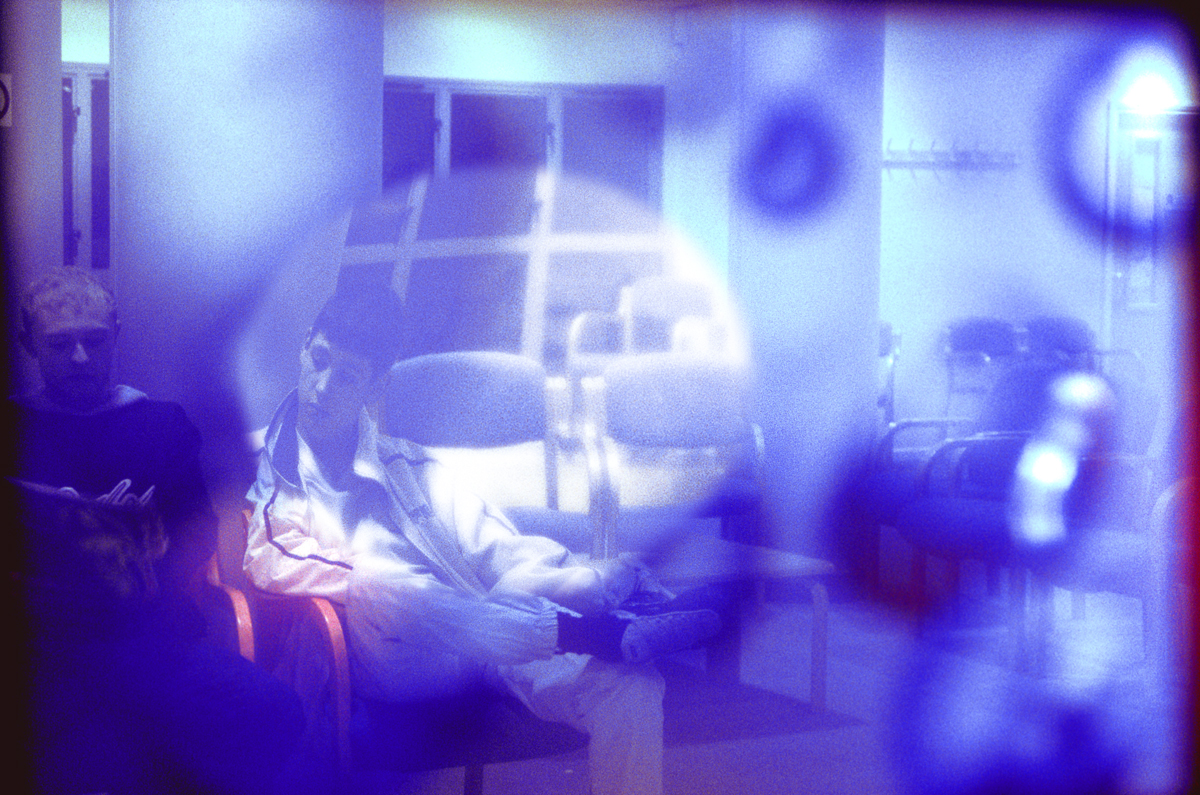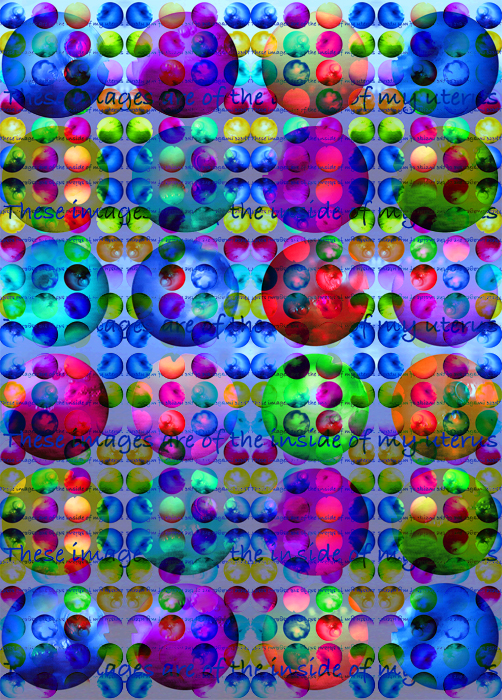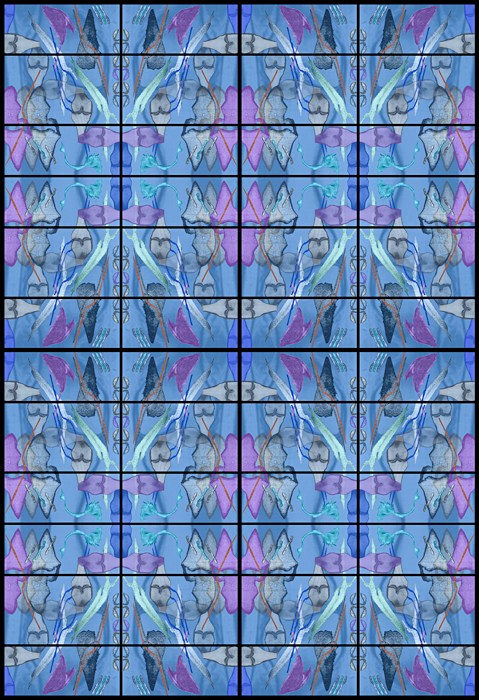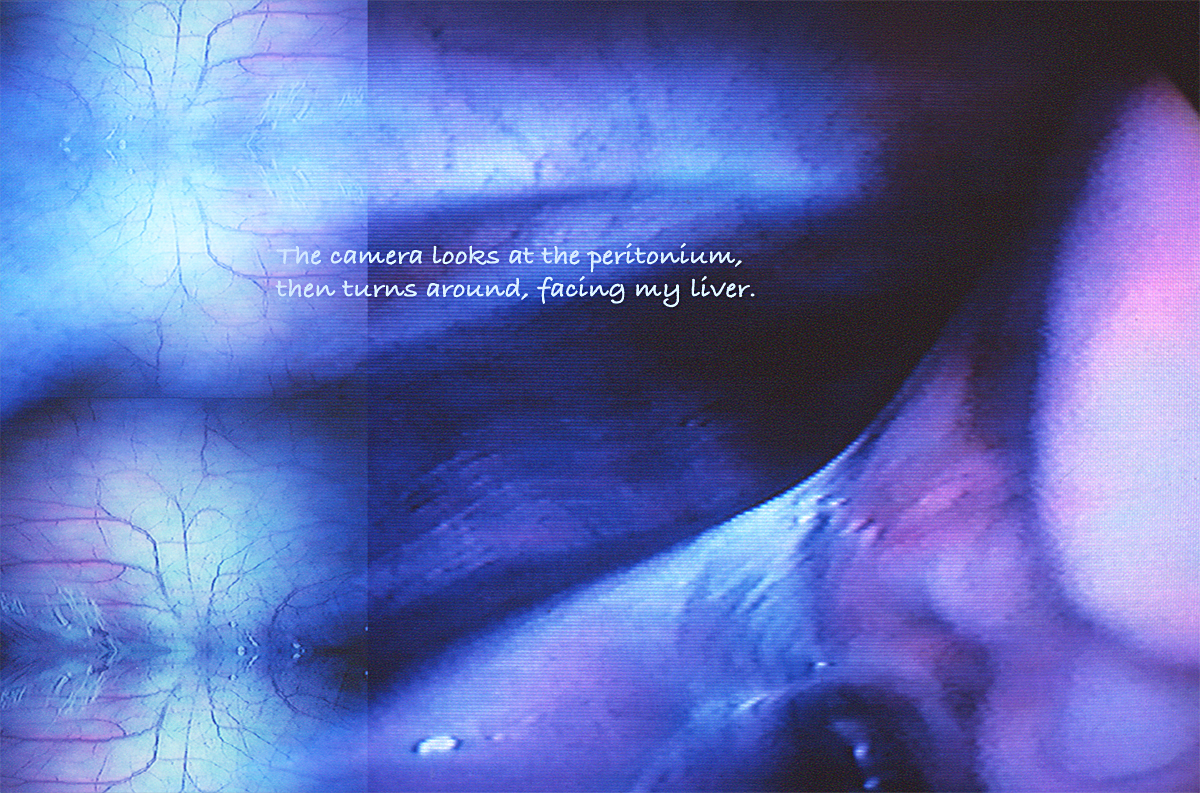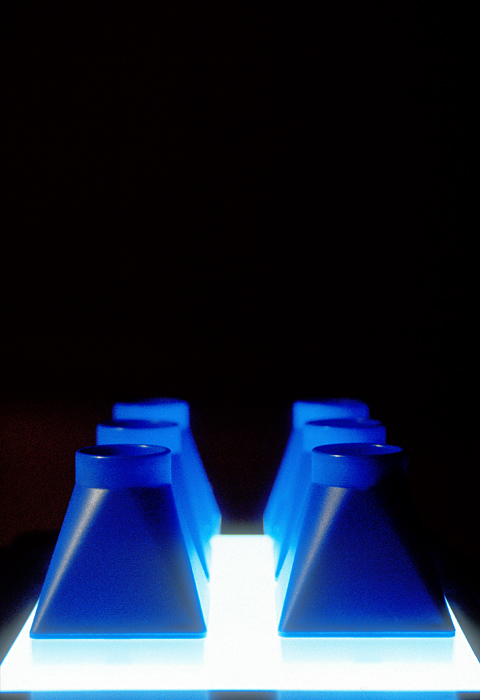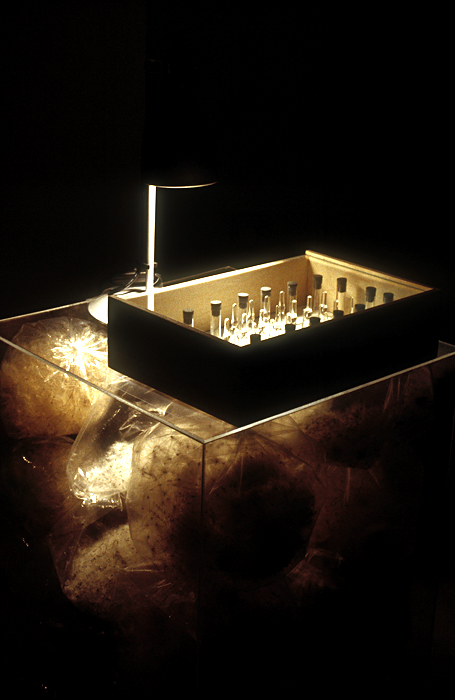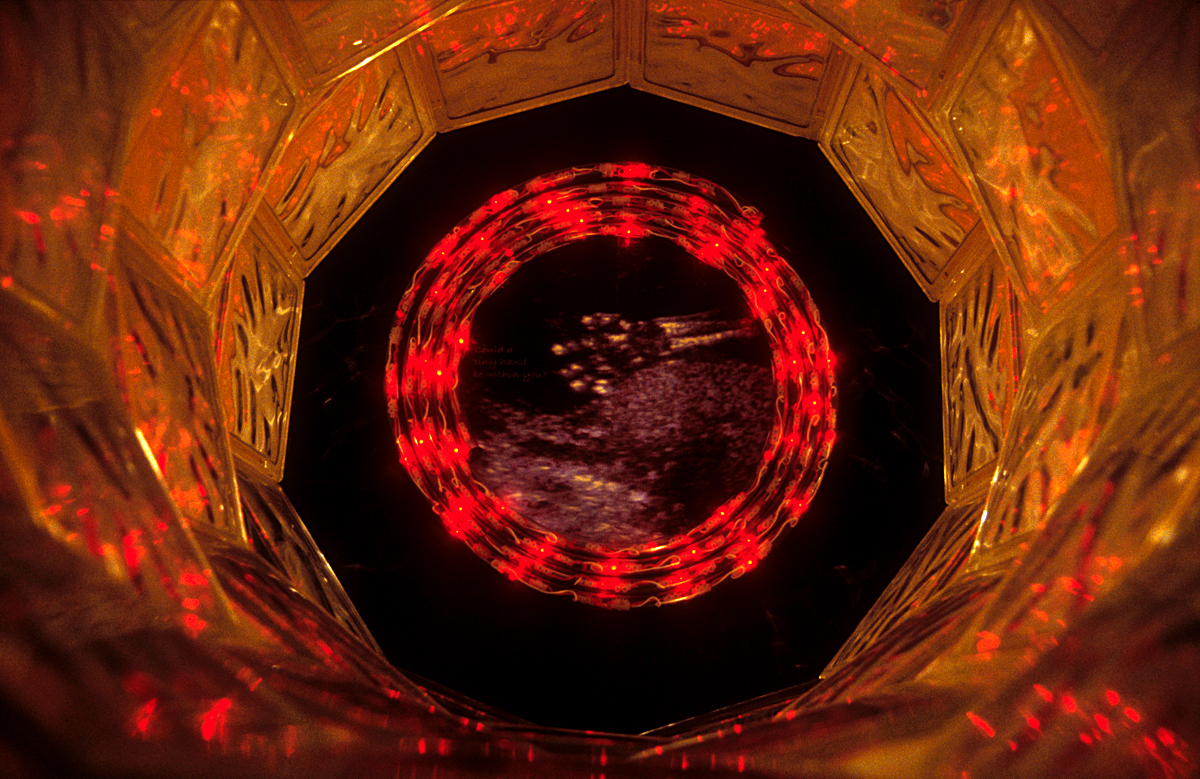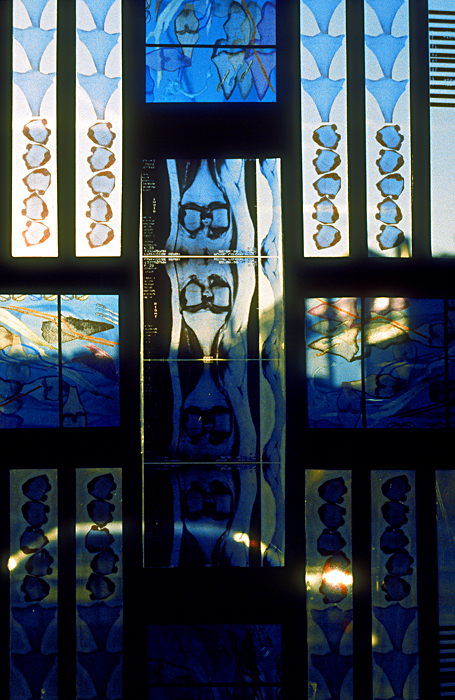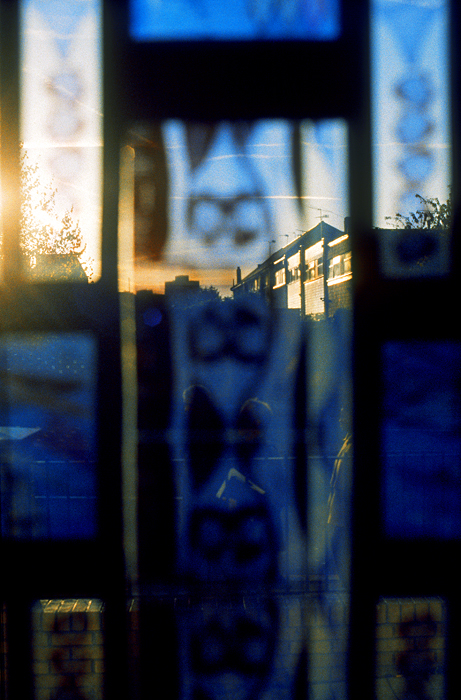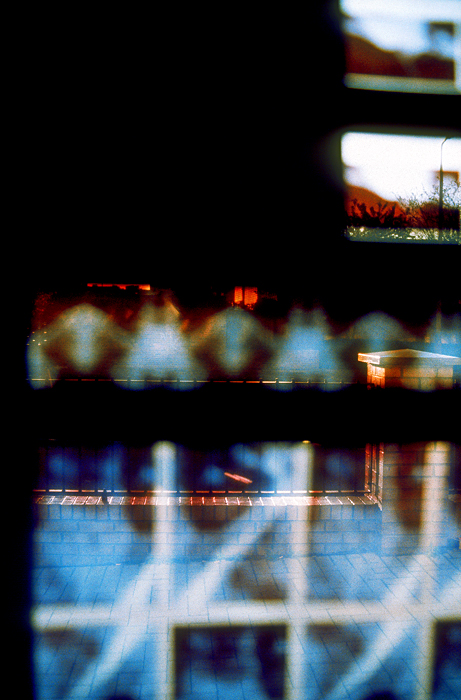Dance was Françoise’s first love. Born and brought up in Switzerland, she came to London in 1975 to study contemporary dance. She then slowly established herself as a dance artist, always performing on her own but creating works in collaboration with visual artists, photographers and choreographers. She then developed skills as a photographer and installation artist. She is also a 1st Dan in Tomiki Aikido, although she had to stop practicing the martial art suddenly after sustaining a major knee injury.
Françoise was a member of Brixton Art Gallery, a 1980s artists collective, and of Chisenhale Dance Space, an experimental dance and performance space, both in London. After ending her performance career in 2000, she focused on photography and installation, mainly through art and science projects. With residencies in hospitals, biochemistry institutions and botanical gardens, exploring medical imaging and scientific research, she is creating a unique body of work, bringing together separate worlds and disciplines in a way that only artists can.
At the age of 40 she fell in love with plants and trained as a gardener. Now working part-time as an artist, she finds that her projects take a long time to come to fruition but she doesn’t mind. She enjoys the scientific grounding horticulture has given her, using it as another tool in her creative process. Plants have become her main subjects - she finds them completely bewitching and wonderful to work with. Her aim is to reveal how important they are in our everyday life, even if we are not aware of this, and to celebrate them.
All of Françoise's past works are presented on this website: You can view videos of the performances, images of the installations and information about the art and science projects.
